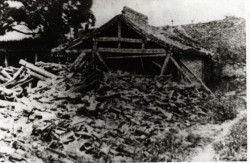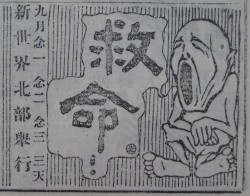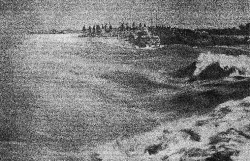Yellow River flood, 1938-47

…largely uncalculated, as wartime instability made accurate quantification impossible. Yet damage reports compiled after 1945 convey the magnitude of the catastrophe (see Table 1 and Table 2 below). Postwar investigations…







